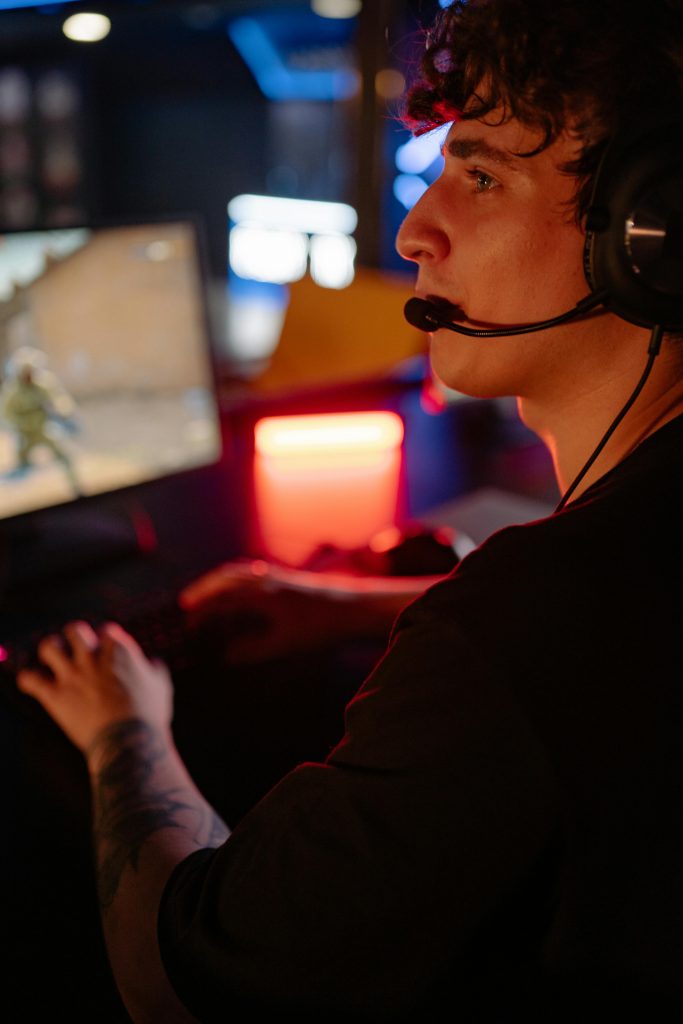Understanding and Resolving DPC_WATCHDOG_VIOLATION Errors and Generic BugCheck Messages on Windows 10
Introduction
Experiencing system crashes can be a daunting experience for PC users, especially when familiar troubleshooting tools like Event Viewer only reveal generic error indicators such as “BugCheck” along with specific bugcheck codes. One such common Blue Screen of Death (BSOD) error is the DPC_WATCHDOG_VIOLATION, which can be particularly perplexing when detailed information appears limited. This article explores the typical causes, investigative methods, and potential solutions for resolving this issue based on real-world scenarios.
Case Overview
A seasoned PC user reports encountering DPC_WATCHDOG_VIOLATION errors on an aging but stable system. Notably, the Event Viewer logs show Event ID 1001 with a bugcheck code: 0x00000133. The system specifications include:
- CPU: Intel Core i7-8700K
- GPU: NVIDIA GeForce GTX 2080 Ti Strix
- Motherboard: ASRock Z370 Killer
- RAM: 32GB DDR4 Ballistix @ 3600 MHz, upgraded recently from 16GB
- Storage: 1TB Samsung 870 EVO SSD, additional SSDs and HDDs including a 970 Evo Plus NVMe drive
Despite multiple passes of system integrity checks (e.g., sfc /scannow, chkdsk), the underlying cause remains elusive. The user has also observed certain hardware behaviors that could influence stability.
Troubleshooting Insights and Theories
-
NVMe Drive Compatibility and Stability
-
Observation: The NVMe SSD was added last year and occasionally disappears from Windows during boot, only to reappear and function normally afterward.
- Implication: This inconsistent behavior may signal drive incompatibility or a failing SSD. NVMe drives are sensitive to firmware issues and motherboard compatibility, especially with older hardware.
-
Recommendation: Update the SSD firmware and motherboard BIOS to the latest versions. Use manufacturer diagnostic tools to assess drive health, and consider testing with a different NVMe slot or drive if possible.
-
Memory Changes and Configuration
-
Observation: The system’s RAM was upgraded from 16GB (two 8GB modules at 3000 MHz) to 32GB (two 16GB modules at 3600 MHz), both compatible and tested under standard XMP profiles.
- **Imp
Share this content:



